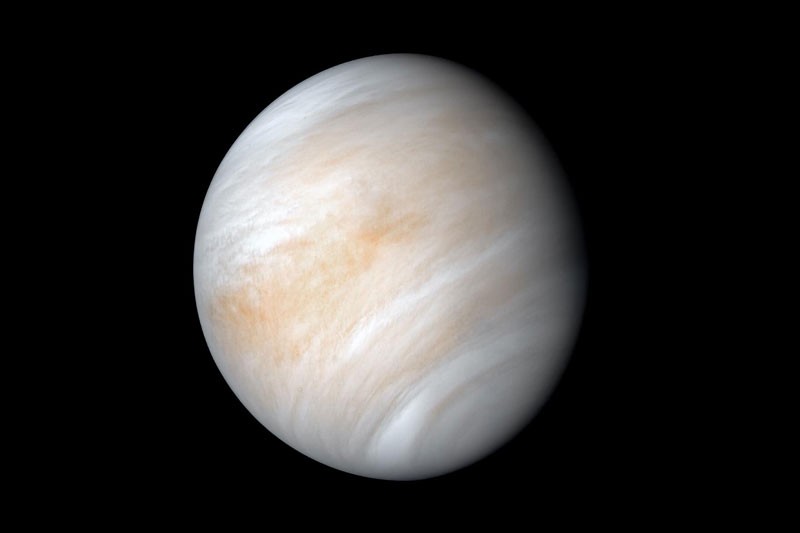
Design Context
Venus is, in many ways, Earth’s twin. Its similar in size, mass, and distance from the sun but the surface conditions on Venus are vastly different to the life supporting conditions found on Earth. It is believed that Venus was once even more like Earth with land features that point to volcanic and tectonic activity as well as historic presence of water. However, the current surface conditions are quite inhospitable with temperatures up to 470 ̊C, surface pressure 90 times that on Earth, and an atmosphere consisting largely of CO2 and sulphuric acid. This has made it a challenging place to visit, so there is very limited data to prove or disprove any theories about Venus’ past.
Since the Magellan mission in 1994, there have been advances in technology that could give clearer maps of the surface, more conclusive analysis of the atmospheric and geologic makeup and facilitate longer-lived trips into the atmosphere itself. Data collected by the sophisticated instruments available today could not only teach us about Venus’ past, but also about Earth’s potential future. If the increasing greenhouse effect that is currently occurring were to cascade, Earth’s atmosphere could turn into a Venus-like atmosphere.
Relevance of Design Problem
For mission to Venus, there are three main scientific goals:
- Understand the history of volatiles and liquid water on Venus and history of habitability
- Understand coupling between surface and the atmosphere
- Understand historic geological activity and if Venus is active today
One objective of the first goal would be to determine if liquid water was once on the surface. This can be investigated by determining the chemistry and mineralogy of rocks and analysing surface features that might indicate any historic presence of water. Another investigation would be into the isotopic ratios of Hydrogen or Oxygen in the atmosphere. This can also be coupled with investigating atmospheric escape rates. Another objective would be to determine volatiles in the atmosphere to determine atmospheric composition as well as determining mechanisms through which volatiles move from surface solids to the atmosphere. Finally, research into habitable environments and biosignatures should help understand the history of volatiles and liquid water on Venus.
One objective of the second goal is to analyse the composition of chemical markers and rocks that are in contact with the atmosphere. Likewise, the atmospheric composition, pressure and temperature near the surface can also be investigated.
One objective of the third goal is to determine the tectonic composition and interior structure. Another objective would be to determine if Venus is either technically or volcanically active. Looking for any changes in atmospheric chemistry or any surface deformations would assist in the investigation.